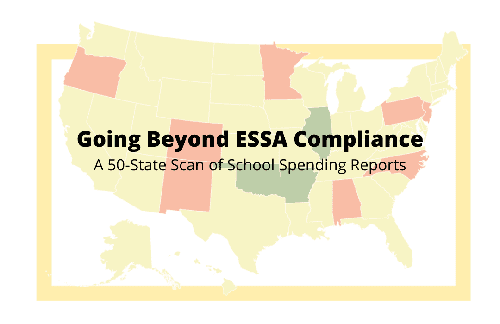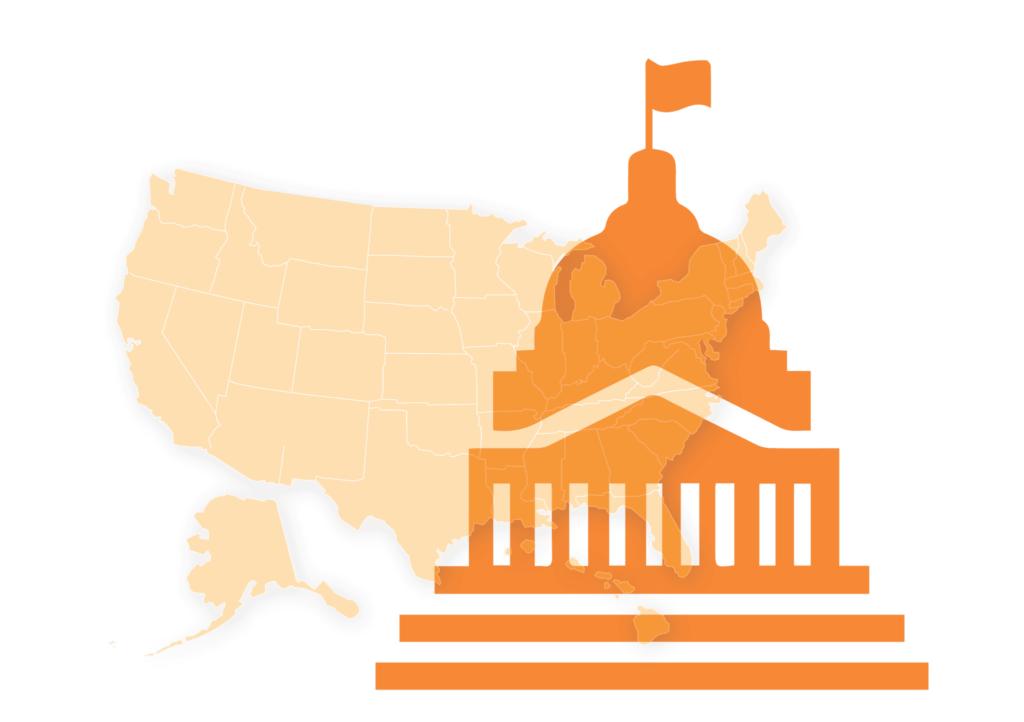WASHINGTON — Only one state in the nation met The Education Trust’s guiding principles for equity-oriented school spending reports last year, according to a new national analysis by the ed-equity research, policy, and advocacy organization. The interactive report looks at how states made public their school spending data, as required by the Every Student Succeeds Act, or ESSA.
“Transparency in school spending is crucial for identifying inequities in school funding that deny students of color and those from families with low invoices the resources they need to excel,” says Reetchel Presume, Ed Trust’s P-12 data and policy analyst. “For advocates and policy makers alike, school spending reports could be a tool to see if school systems are shortchanging students. When done well, they would allow stakeholders to use the data to advocate and make policy changes that ensure resources are distributed equitably. Unfortunately, nearly every state is missing the mark and wasting this opportunity to help us understand school spending patterns.”
Illinois’ school spending report is the only one aligned with the Ed Trust principles and received a 100% rating. The report details how a majority of states are not providing transparent, accessible school spending reports that help advocates uncover and address resource inequities. Additionally, 10 states did not even fully meet the basic federal requirements for reporting school spending data.
Each year, states are required by law to report per-pupil spending and source data for each school and local education agency in the state. The Education Trust’s analysis encourages advocates to push their states to go beyond simply checking the compliance box and provides recommendations and resources for states to embrace equity in public data releases.
“Data and transparency about school spending are essential to increasing equity and improving students’ opportunities and outcomes,” said Illinois State Superintendent of Education Dr. Carmen I. Ayala. “Equity does not mean equality. Different schools within the same district may have different student needs. One school may serve more students with disabilities. One school may serve more English Learners. School size and grade band can also impact students’ needs and district spending. For a long time, people have talked about equitable spending across school districts. We are proud to be leading the national in fostering dialogue about equitable spending within school districts as well.”
Ed Trust’s new data tool provides a way for advocates to hold education leaders accountable for continuously improving the annually-released data. The analysis rates every state on a color-coded scale and is available via a web-based report, including bright spots, examples of how states are increasing accessibility, and additional resources to support state improvement.
The principles for equity-oriented school spending reports focus on five core elements:
- Total & Detail: Providing total per-pupil spending at each school, as well as detail by source of funds and location of spending that gives stakeholders a starting point for comparisons and further analysis
- Context: Providing contextual information about student and school characteristics (e.g., the percentage of students from low-income backgrounds), allowing advocates to interpret differences in spending better
- Comparisons: Showing comparisons to spending in other schools; these patterns help identify if differences in spending align with differences in student needs and allow advocates to uncover possible inequities
- Beyond Money: Including information on the non-financial resources schools have access to alongside information on school spending, providing a clearer picture of resource equity
- Accessibility: Displaying data visualizations to help stakeholders understand the data better and engage in more productive conversations
Unfortunately, Ed Trust’s analysis finds nearly all states have significant work to do in communicating their school spending data:
- Only one state – Illinois – developed school spending reports that aligned closely enough to the five principles to earn a 100% according to out rating system. No other state includes all the elements that we consider important for understanding whether funding is being spent equitably.
- Ten states failed even to include all the elements that are required by ESSA (inclusion on the report card, total per-pupil spending number, and data disaggregated by source of funds). Just 41 states (including D.C.) included all these elements.
- On their reports, only 17 states included spending comparisons across all schools in a district or in the states.
- Only 5 states (Arkansas, Illinois, Oklahoma, New Hampshire, and Tennessee) included visualizations of spending for all schools in the state or district based on student need.
”What we see in school spending reports is troubling; obscured, inaccessible data should concern anyone who cares about equity,” said Ivy Morgan, Ed Trust’s associate director for P-12 analytics. “State leaders should use this report as a wake-up call to quickly improve the ways they report such important public data.”
With the American Rescue Plan (ARP) Act providing nearly $125 billion in recovery funding for K-12 districts, increasing transparency and clarity in school spending reports will be essential in ensuring states and districts distribute taxpayer dollars in accordance with equity requirements in the ARP. For more, see the full national scan and associated materials here.






